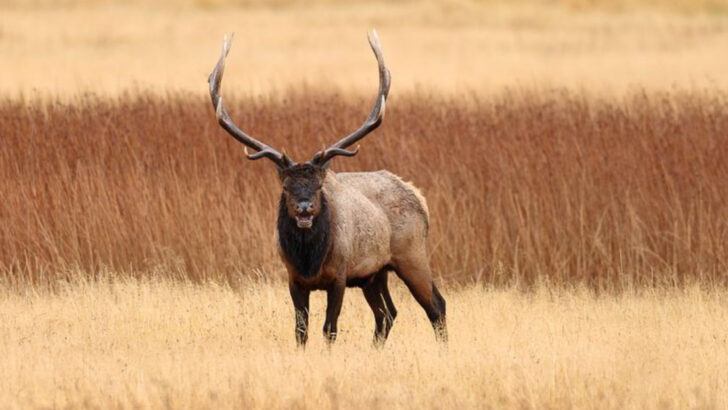Some animals seem born to be photographed—they’re bold, beautiful, and don’t mind being seen. Others are experts at hiding, moving silently, or only coming out when no one’s watching. For nature photographers, the difference between an easy shot and a lifelong chase often comes down to the species. Knowing which animals are more likely to pose—and which ones will test your patience—can make all the difference when you’re out in the wild with a camera in hand.
Bald Eagle
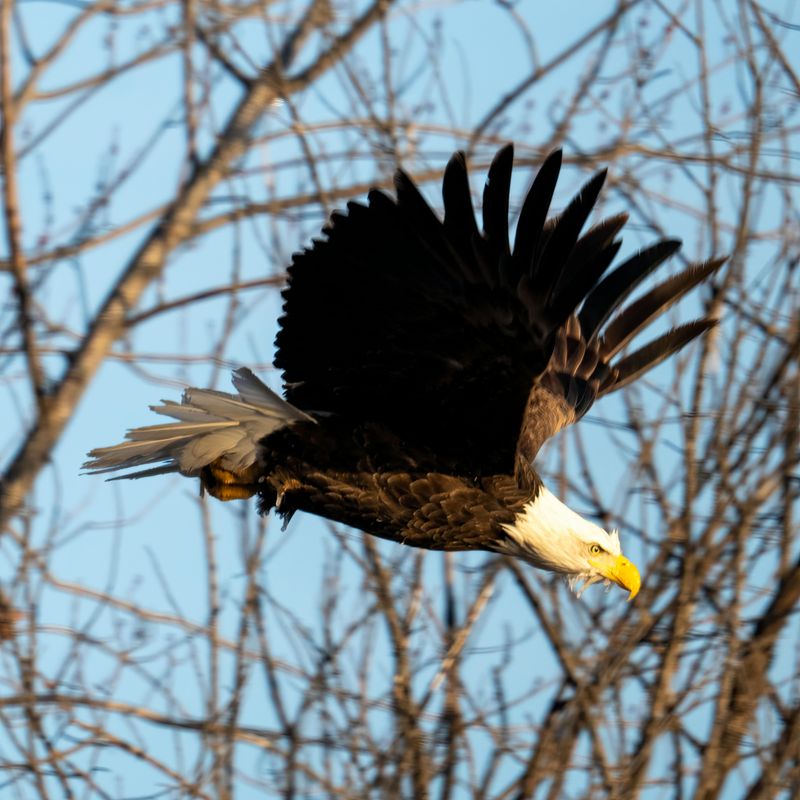
The bald eagle, with its striking white head and bold presence, is a dream subject for photographers. These raptors are often found near open water, particularly in North America during winter. Their tendency to gather in groups around food sources offers a rare opportunity for capturing multiple eagles in one frame. The contrast of their dark feathers against a snowy backdrop provides stunning visual appeal. Photographers often find them gliding gracefully, allowing for dynamic in-flight shots. Fun fact: The bald eagle was removed from the endangered species list in 2007, a testament to successful conservation efforts.
Red Fox
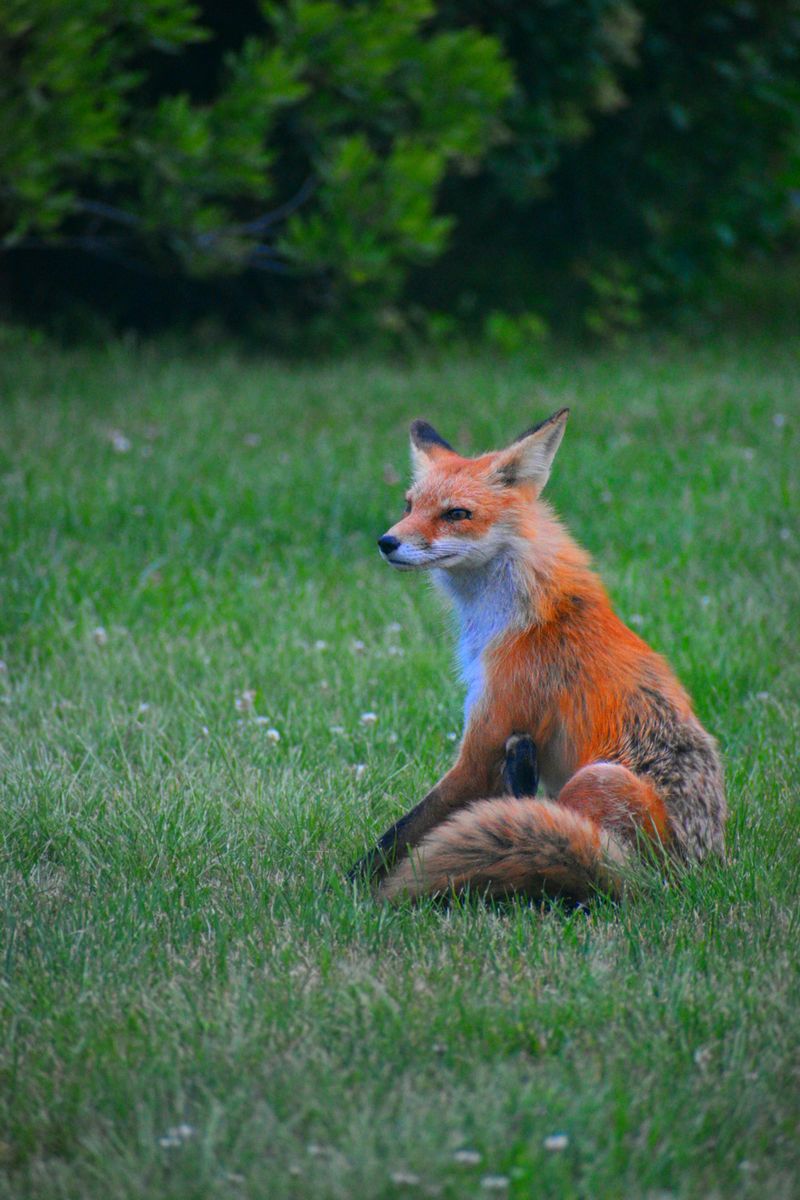
With its vibrant red coat and bushy tail, the red fox captures the imagination of photographers. These cunning creatures are often seen prancing through fields or cautiously exploring suburban backyards. Their adaptability to various environments, including urban areas, makes them accessible subjects. Catching a fox against a backdrop of autumn leaves or freshly fallen snow enhances their vibrant coloring. Their curious nature often leads to captivating portraits, as they pause to investigate their surroundings. Did you know? The red fox uses its tail for balance and as a warm cover in cold weather.
Elk
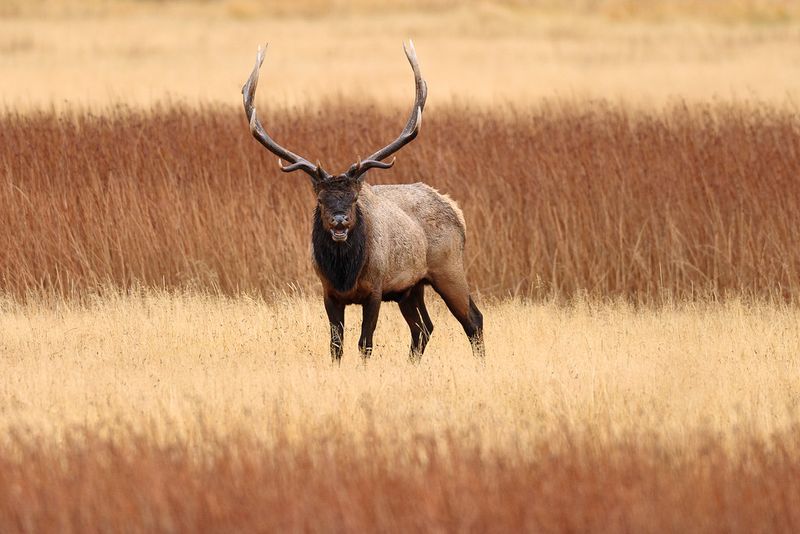
The elk, with its towering antlers and impressive stature, is a favorite among wildlife photographers. Found in open landscapes, they provide perfect subjects for wide-angle shots. During rutting season, their bugling calls echo through valleys, adding an audio element to the visual feast. Their slow, deliberate movements make them an ideal subject for photographers seeking to capture the majesty of nature. Whether against the backdrop of the Rockies or the rolling hills of Yellowstone, elk offer timeless images. Elk have been a symbol of wilderness and strength for centuries in Native American cultures.
Great Blue Heron
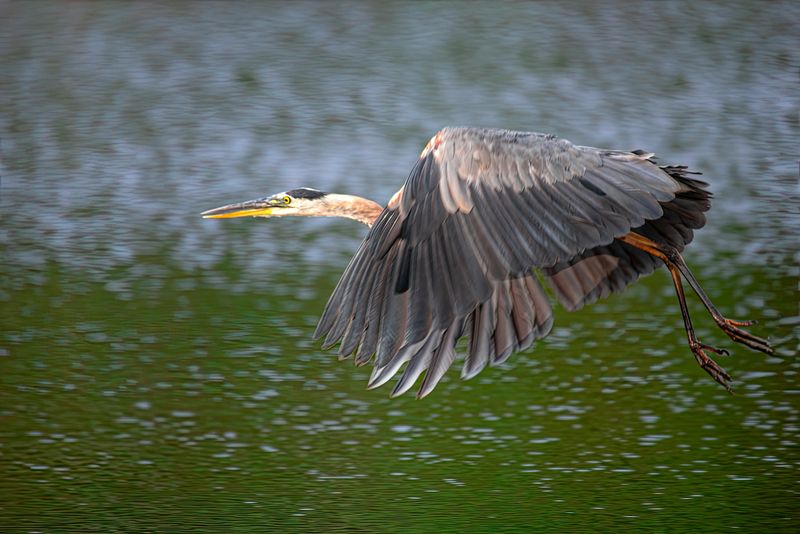
The great blue heron, with its graceful stature and patient demeanor, is a delight for photographers. These elegant waders can often be found near lakes, rivers, or marshes, their slow movements allowing for perfect shot composition. Their long legs and neck create beautiful lines, while their muted blue-grey plumage blends seamlessly with water and sky. Herons are known for their fishing technique, standing still for long periods before striking with precision. A fun fact: Despite their large size, they are surprisingly light, weighing only about 5-6 pounds due to hollow bones.
Bison
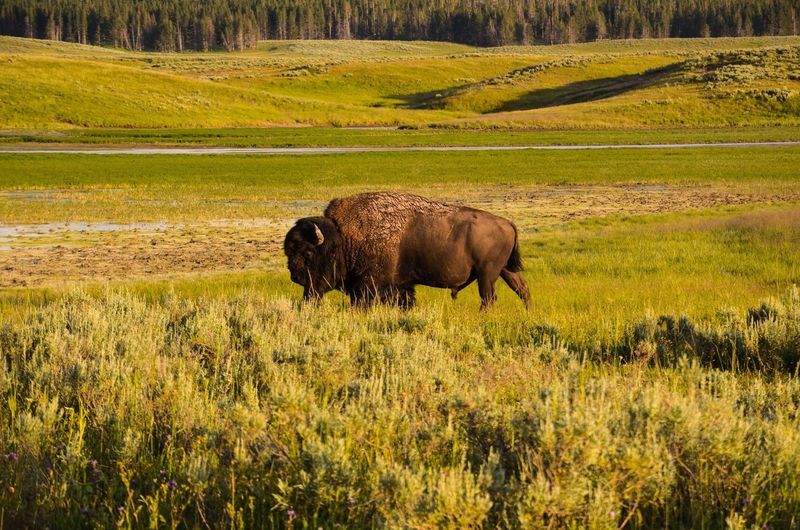
Bison, with their massive presence and iconic silhouette, make for dramatic photography subjects. Often found in national parks like Yellowstone, these gentle giants move slowly across the plains, providing ample time to capture their essence. Their rugged appearance and communal nature are ideal for storytelling through photography. Bison are also deeply rooted in the history of the American West, symbolizing survival and resilience. When photographing bison, maintaining a respectful distance is crucial for safety. Did you know? Bison can run at speeds of up to 35 mph despite their hefty build.
Puffin
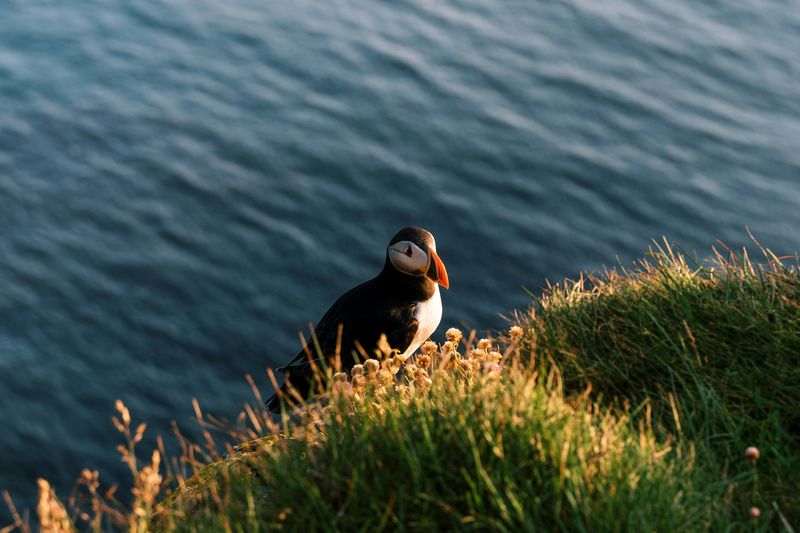
The puffin, with its vivid beak and endearing waddle, is a delightful subject for photographers. During nesting season, these seabirds congregate on coastal cliffs, offering ample opportunities for close-up shots. Their striking contrast against the rugged cliffs and sea creates vibrant imagery. Puffins are often seen diving into the ocean, returning with beaks full of fish, which makes for dynamic action shots. Despite their comical appearance, they are excellent flyers and divers. Fun fact: Puffins can flap their wings up to 400 times per minute when flying.
Monarch Butterfly
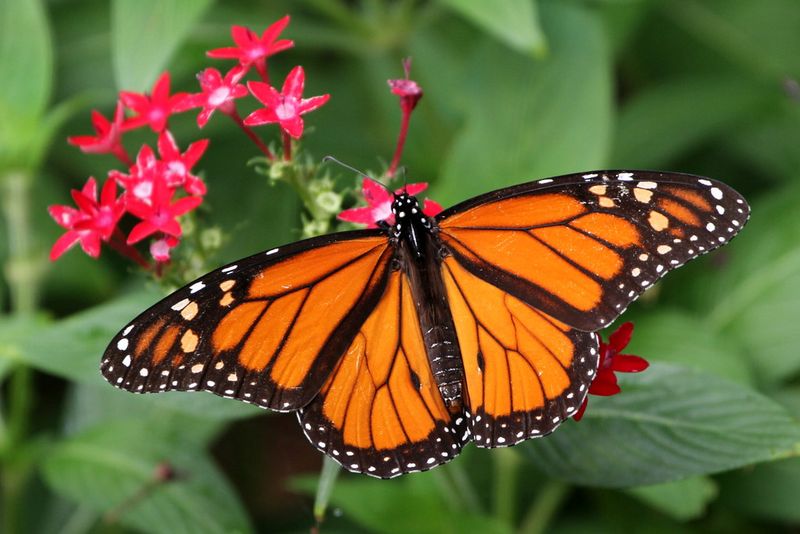
The monarch butterfly, known for its striking orange and black wings, provides breathtaking photographic opportunities. During migration, thousands cluster together, creating an awe-inspiring spectacle. Their slow, fluttering flight and vivid colors are perfect for close-up shots, revealing intricate patterns. Monarchs often rest in clusters on trees, offering photographers the chance to capture the sheer volume of this natural phenomenon. Their migration journey spans thousands of miles, a testament to their resilience. Did you know? Monarchs can travel up to 3,000 miles from North America to central Mexico during migration.
Alligator
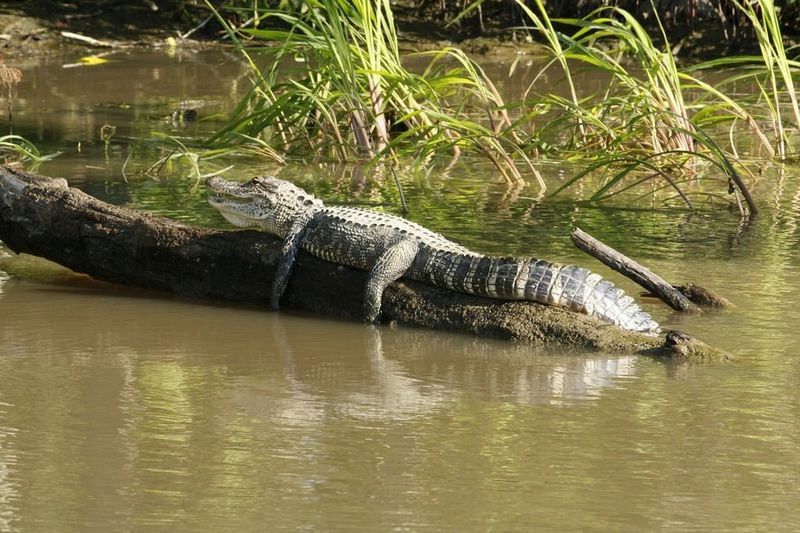
The alligator, with its prehistoric appearance and stealthy nature, is a captivating subject for wildlife photography. Often seen sunbathing on riverbanks or gliding through water, their slow movements allow for thoughtful composition. Their eyes and snouts just above the water create a mysterious and powerful image. Photographing alligators is popular in southeastern U.S. wetlands and swamps, where they thrive. Maintaining a safe distance is crucial, as these reptiles can move surprisingly fast when provoked. Fun fact: Alligators have been around for more than 200 million years, surviving the mass extinction that wiped out the dinosaurs.
Snow Leopard
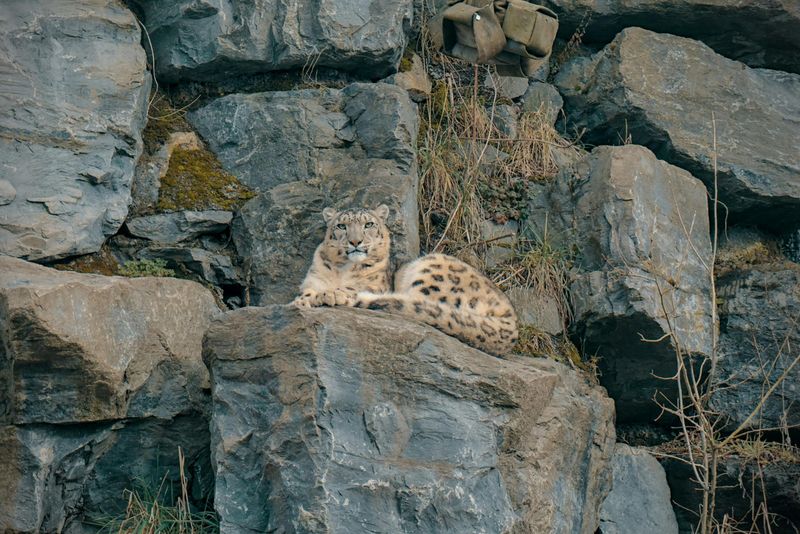
The snow leopard, with its elusive nature and striking beauty, represents a challenge for photographers. Solitary and secretive, they inhabit remote mountain ranges in Central Asia, often camouflaged against rocky terrain. This makes sightings rare and photography even more so. Their thick, spotted fur not only offers stunning visuals but also serves as insulation against harsh, cold climates. Capturing a snow leopard in its natural habitat requires patience, perseverance, and often luck. Fun fact: Snow leopards can leap as far as 50 feet in a single bound, showcasing their incredible agility.
Pangolin
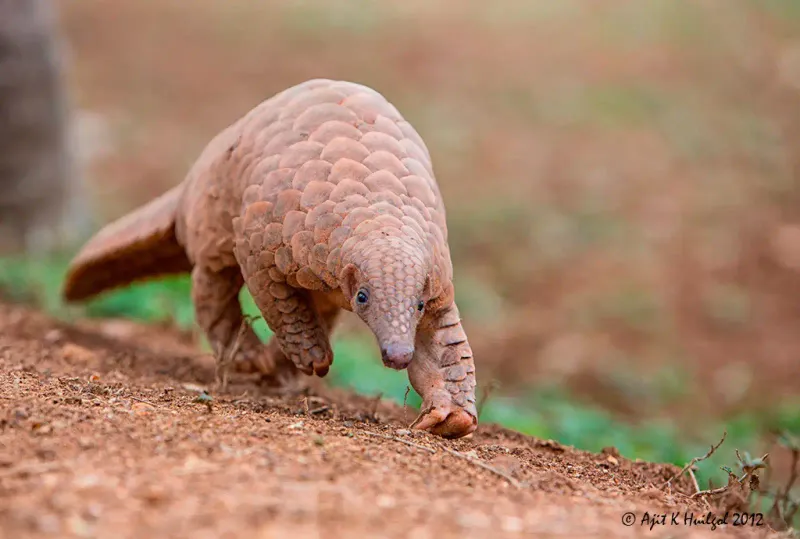
Pangolins, covered in unique scales, are among the most trafficked mammals, making them difficult photography subjects. Nocturnal and solitary, they spend much of their time hidden in burrows or dense vegetation. Their shy nature and declining population due to illegal trade add to the challenge, requiring photographers to be both ethical and patient. Observing a pangolin in the wild is a rare privilege, often involving night expeditions. Capturing their gentle, inquisitive behavior on film is rewarding. Did you know? Pangolins can secrete a foul-smelling liquid from glands near the anus, similar to skunks.
Wolverine
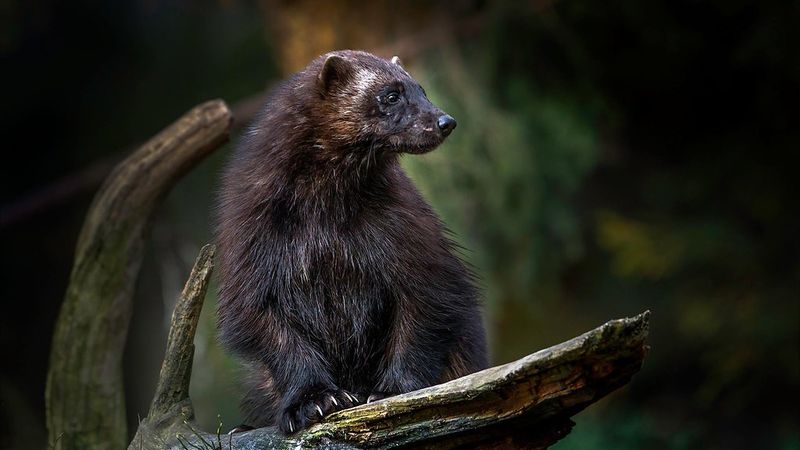
Known for its ferocity relative to size, the wolverine is elusive, roaming vast territories in remote forests and alpine regions. Their solitary nature and preference for rugged landscapes make encounters rare. Wolverines are agile climbers and swimmers, adding to their mystery. Photographing them requires patience, as their movements are unpredictable. Their robust build and thick fur make for striking images against snowy backdrops. Fun fact: Wolverines have a powerful bite and can crush bones to access marrow, which is vital during harsh winters. Spotting a wolverine is both a challenge and a privilege for wildlife photographers.
Aye-Aye
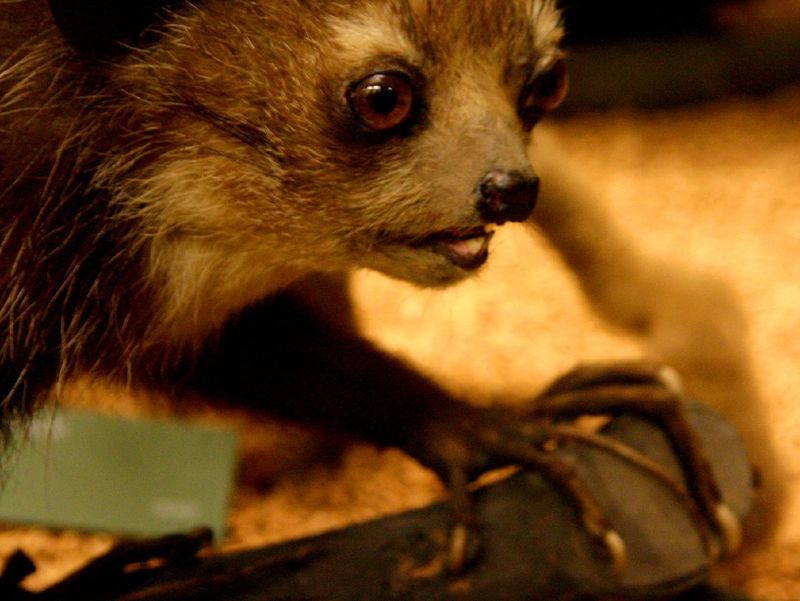
The aye-aye, with its peculiar appearance, poses a challenge for photographers. Found only in Madagascar and nocturnal by nature, these primates are hard to spot and even harder to capture on camera. Their large eyes and long fingers give them a unique look, perfect for curious photographers. Aye-ayes spend their nights tapping on wood to locate grubs, an unusual behavior that’s fascinating to document. Photographing them requires patience and often nighttime expeditions. Did you know? The aye-aye’s long middle finger is used to extract insects from tree bark, a behavior unique among primates.
Giant Squid
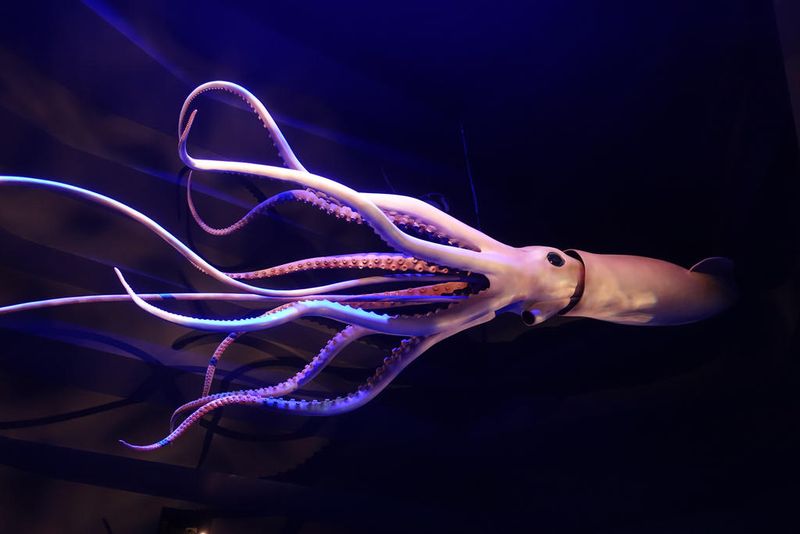
The giant squid, a creature of deep ocean myths, remains one of the most elusive subjects for photographers. Living at depths of over 1,000 feet, they are rarely seen alive, let alone captured on camera. Their massive size and long tentacles create a formidable presence, fueling legends and scientific intrigue. Capturing a giant squid in its natural habitat involves advanced underwater technology and a great deal of luck. Despite their mystery, they play a vital role in marine ecosystems as both predator and prey. Fun fact: Giant squids have the largest eyes of any animal, aiding their deep-sea vision.
Harpy Eagle
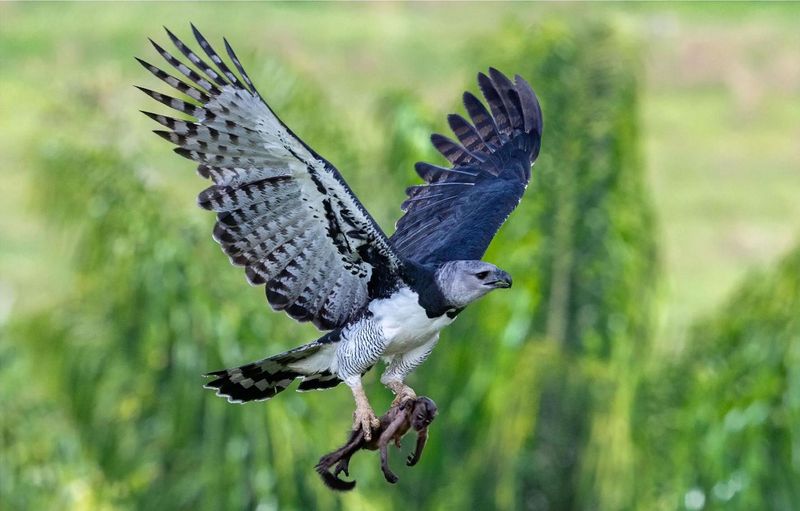
The harpy eagle, with its formidable presence and striking features, remains a challenging subject for wildlife photographers. Found in the dense rainforests of Central and South America, their elusive nature and expansive territories make sightings rare. These eagles nest high in the canopy, adding to the difficulty of capturing them on film. Their powerful build and fierce gaze create dramatic imagery, symbolizing the untamed spirit of the jungle. Fun fact: Harpy eagles have talons larger than a grizzly bear’s claws, enabling them to hunt prey as large as monkeys and sloths.
Saola (Asian Unicorn)
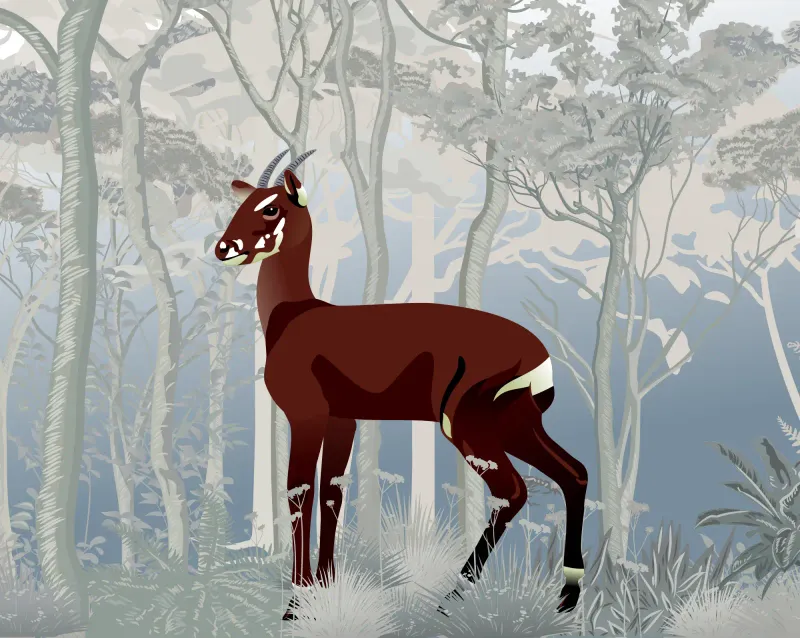
The saola, often dubbed the “Asian unicorn,” is among the rarest animals on Earth, with few photographs in the wild. Native to the Annamite Mountains of Laos and Vietnam, they are elusive and avoid human contact. Their shy behavior and dwindling numbers due to habitat loss make them a near-mythical presence. Capturing the saola requires not just skill but extraordinary luck. Their graceful appearance and long, straight horns lend a mythical quality to photos, enhancing the allure. Did you know? The saola was only discovered in 1992, making it one of the newest large mammals known to science.
Amazon River Dolphin
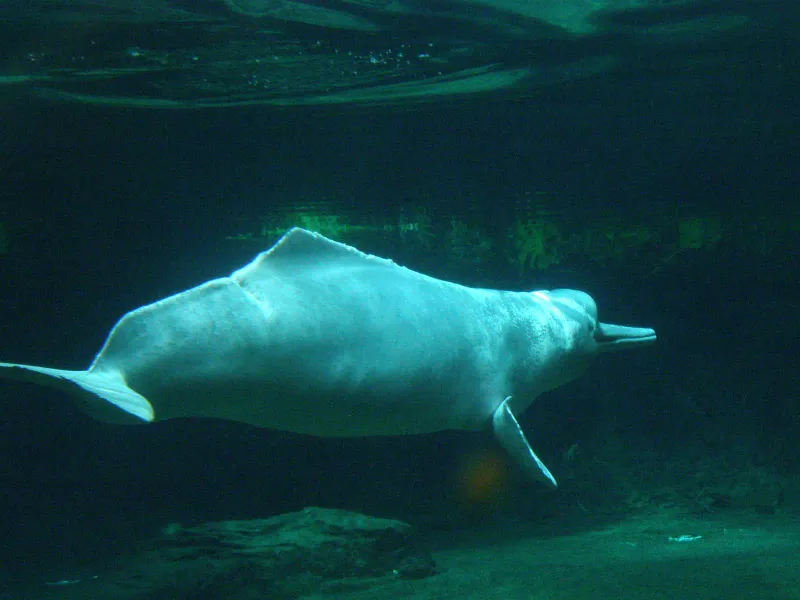
The Amazon river dolphin, known for its distinctive pink hue, is a delight yet a challenge for photographers. Navigating the murky, fast-flowing Amazonian waters, they surface unpredictably, often vanishing before cameras can capture their grace. These dolphins are social creatures, occasionally seen engaging in playful antics, adding dynamic elements to photography. Capturing their rare pink coloration amidst the verdant backdrop of the rainforest offers a visual treat. Did you know? Amazon river dolphins have flexible necks, allowing them to maneuver through flooded forests with agility, a trait not found in oceanic dolphins.

